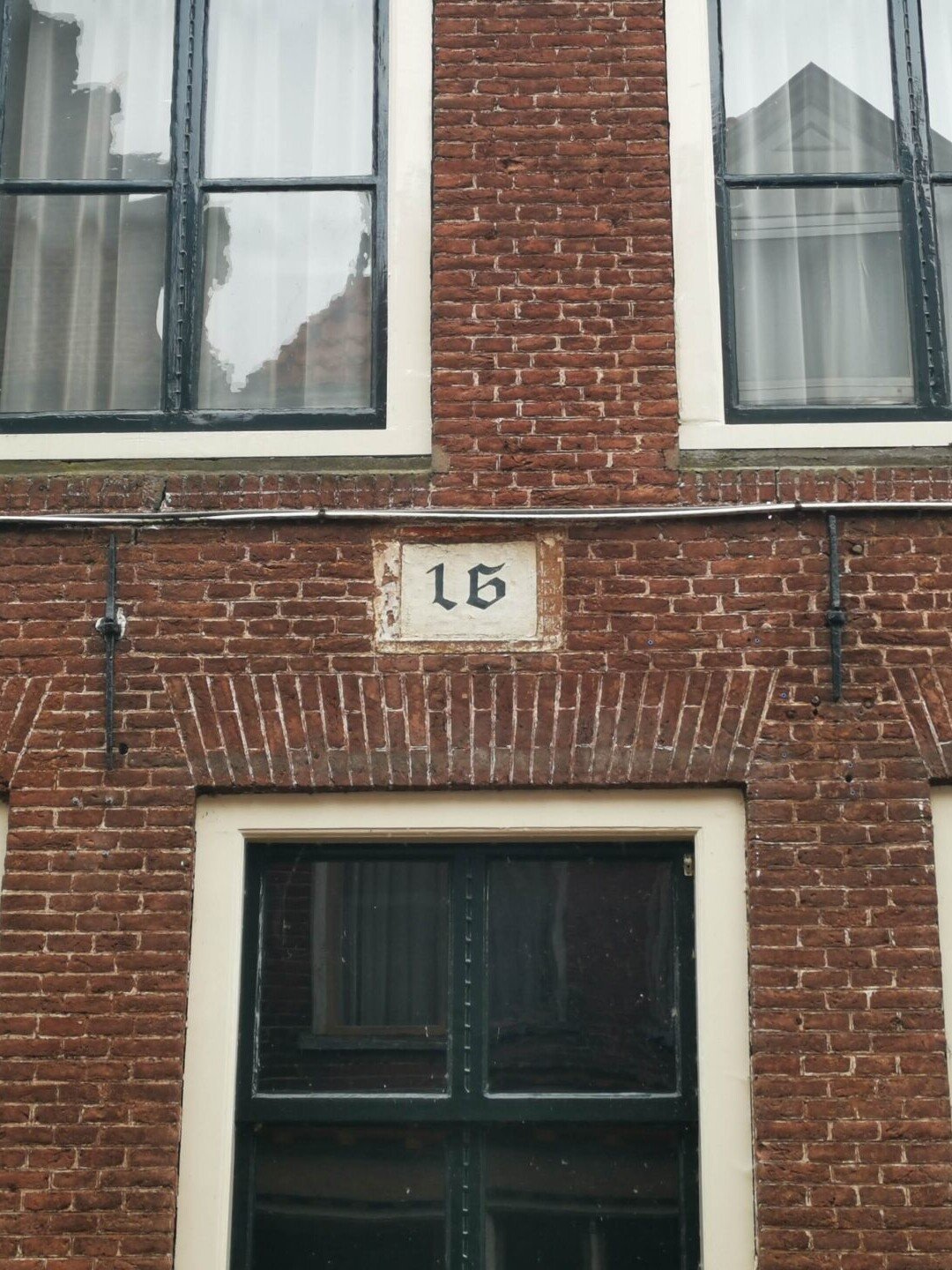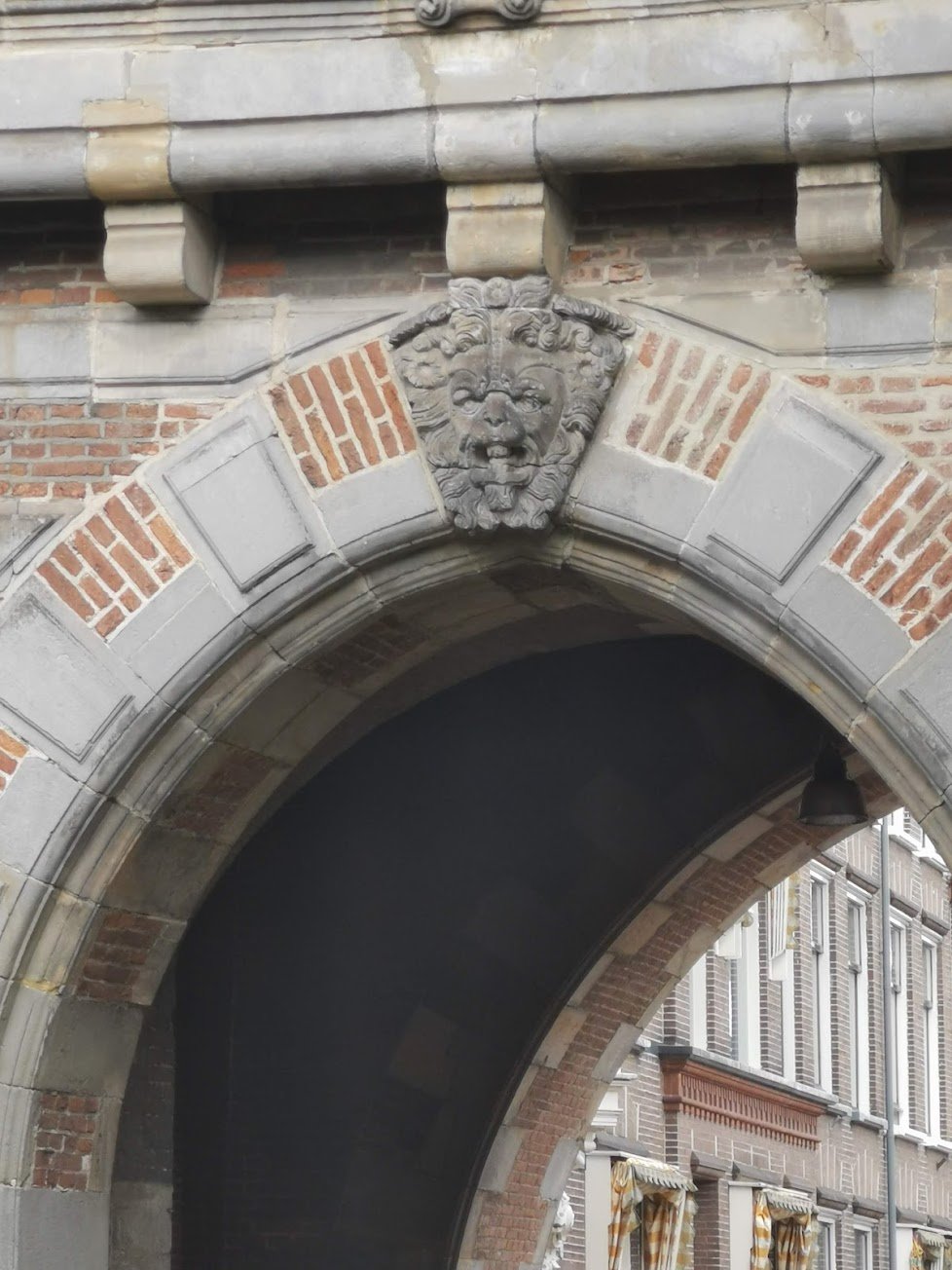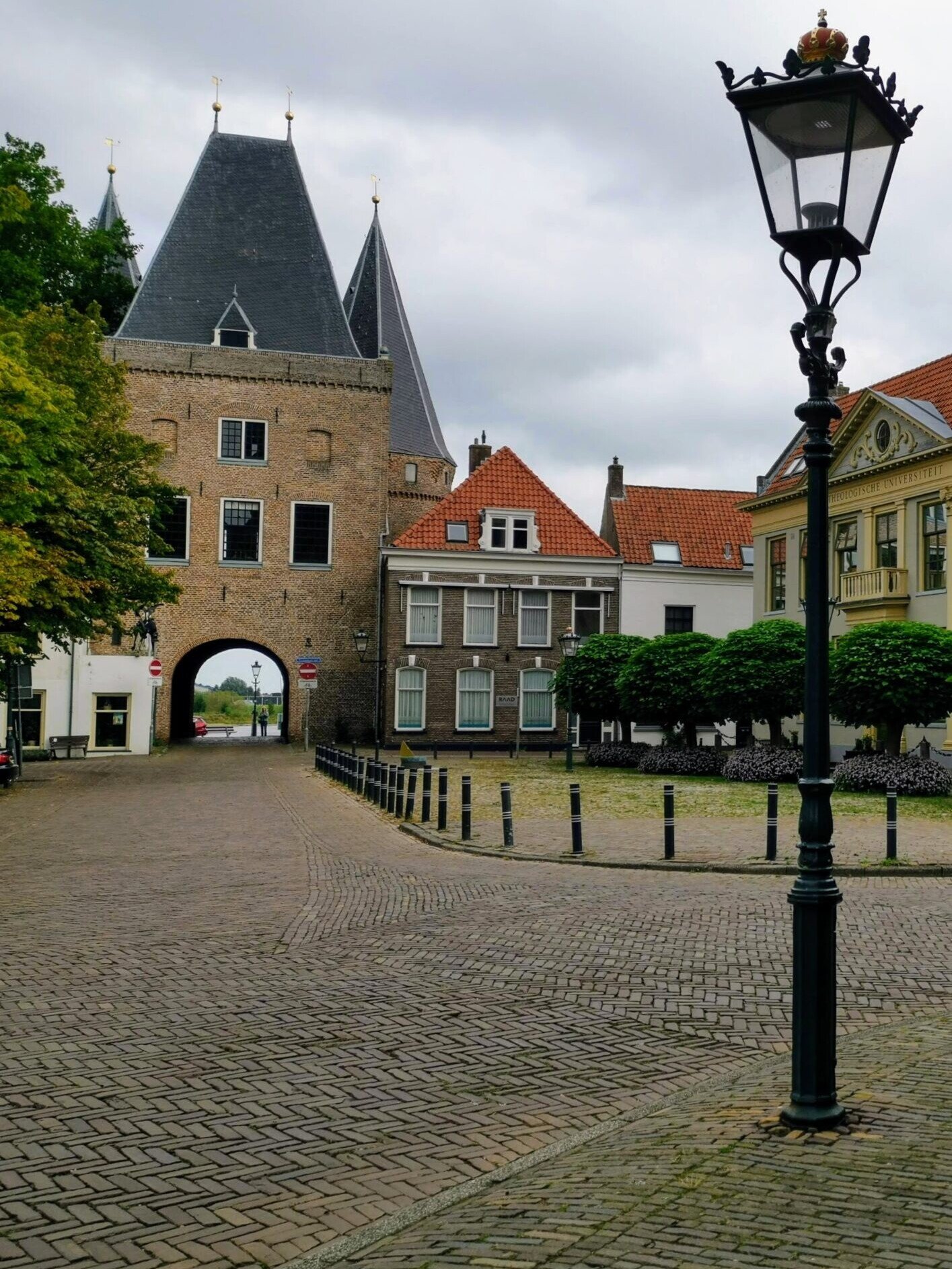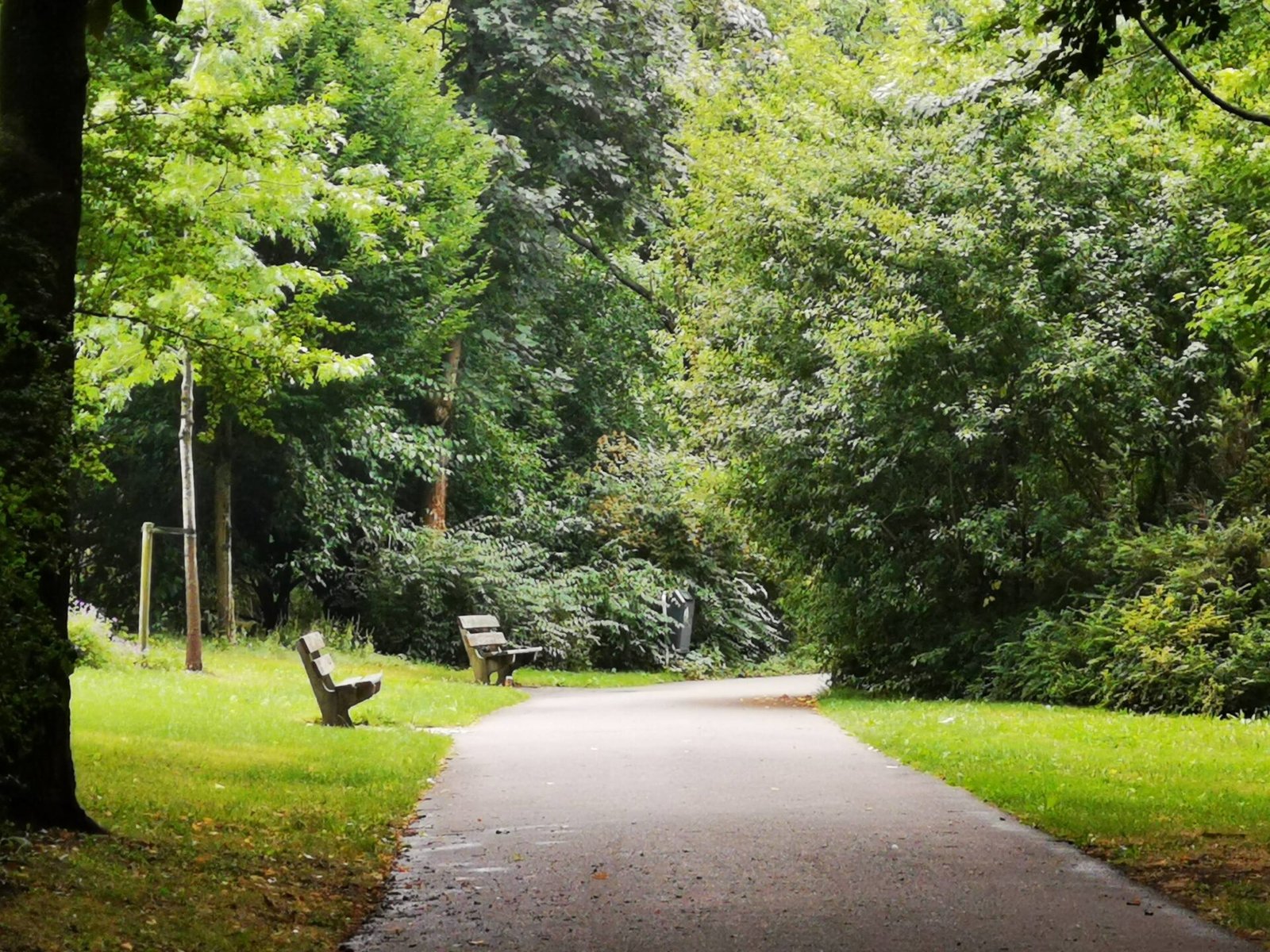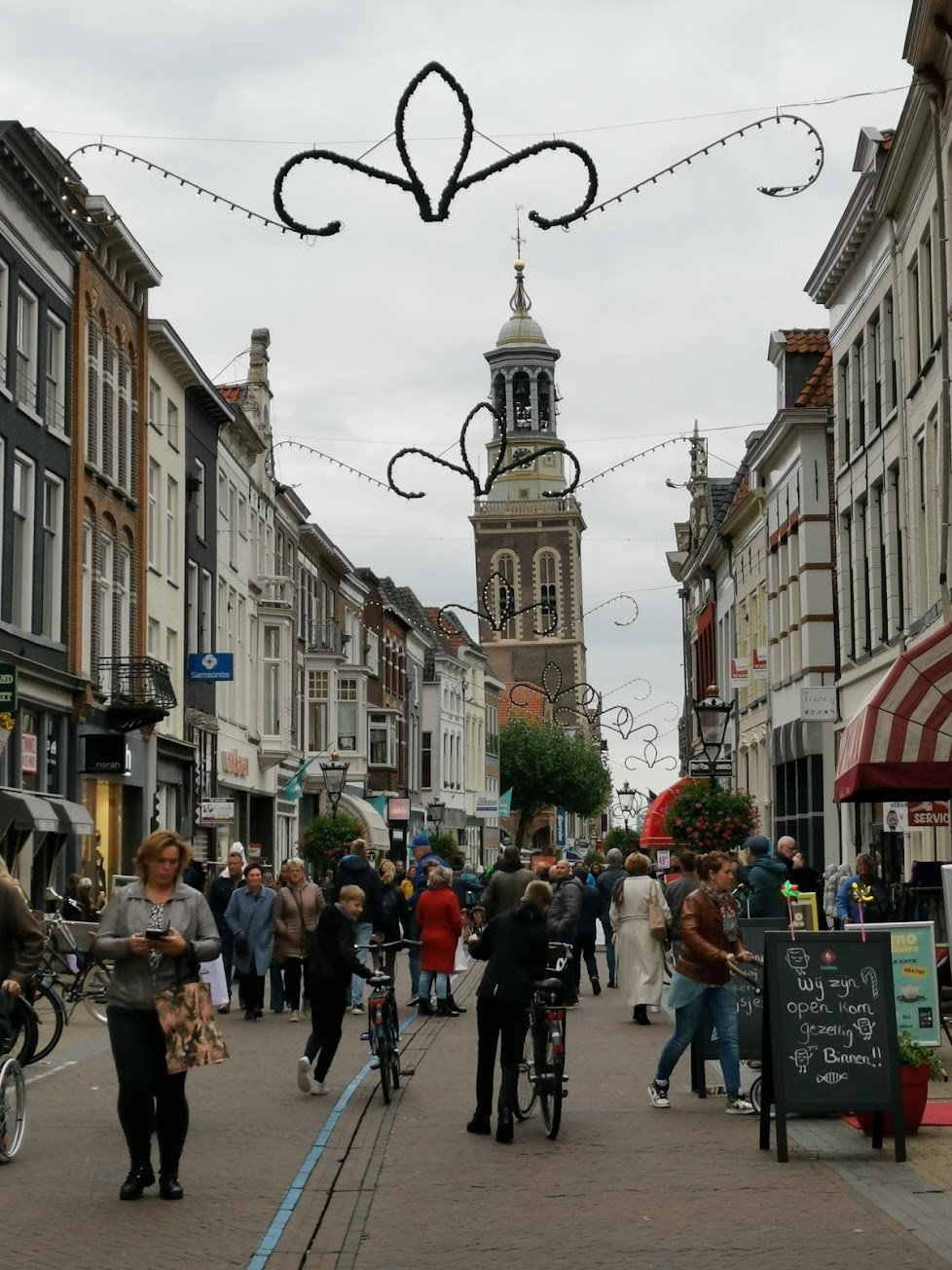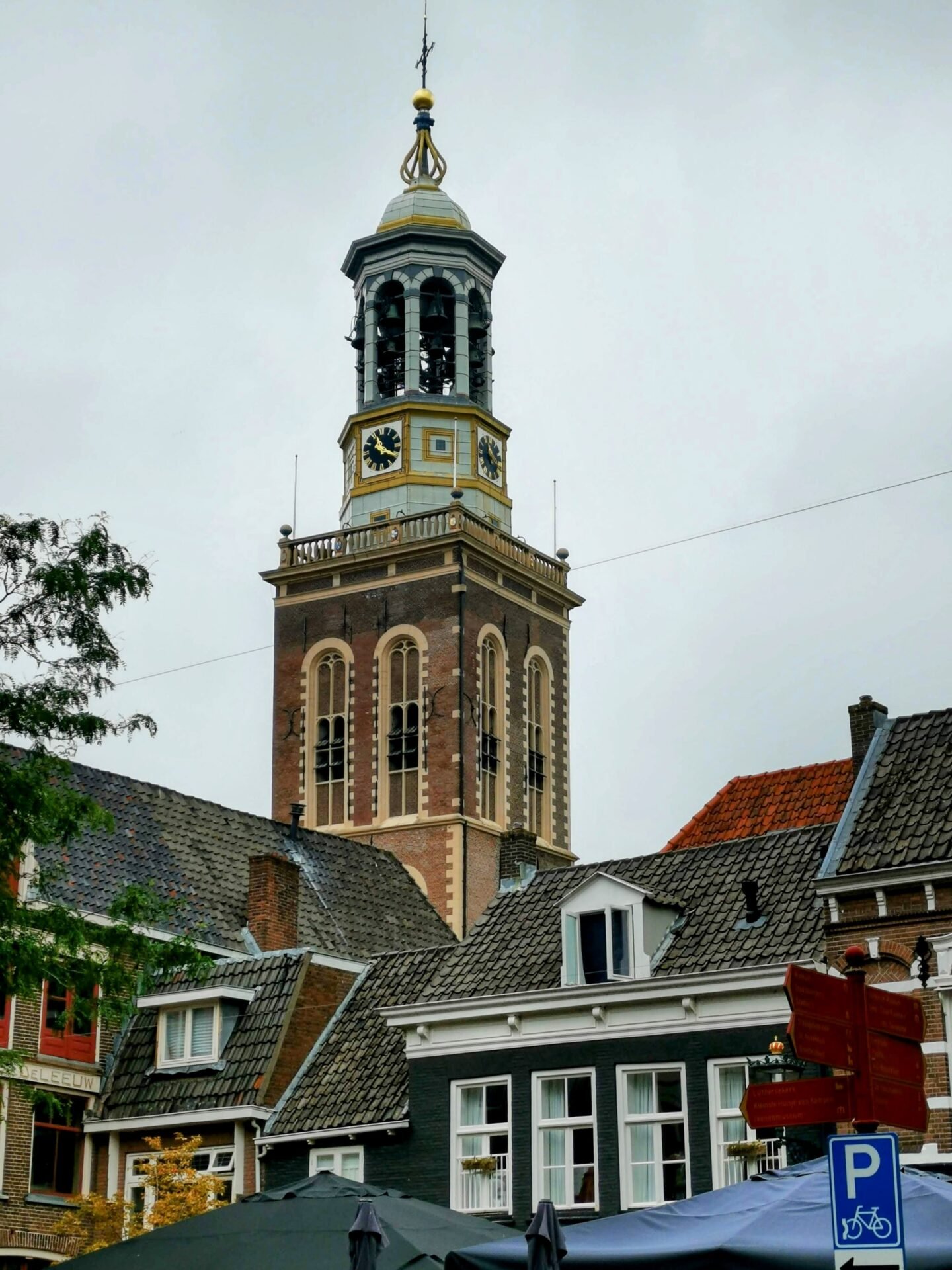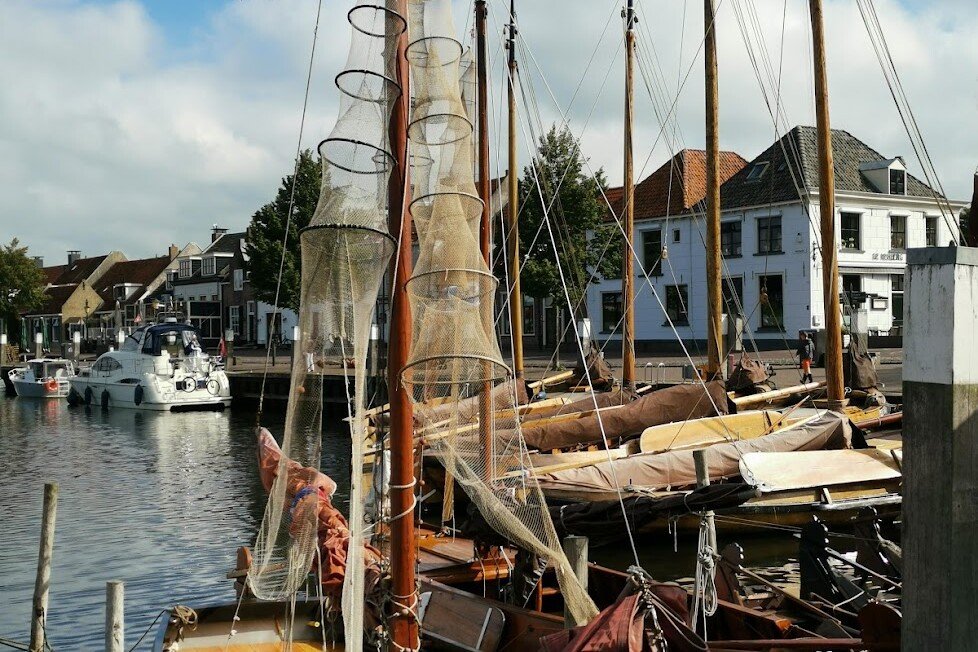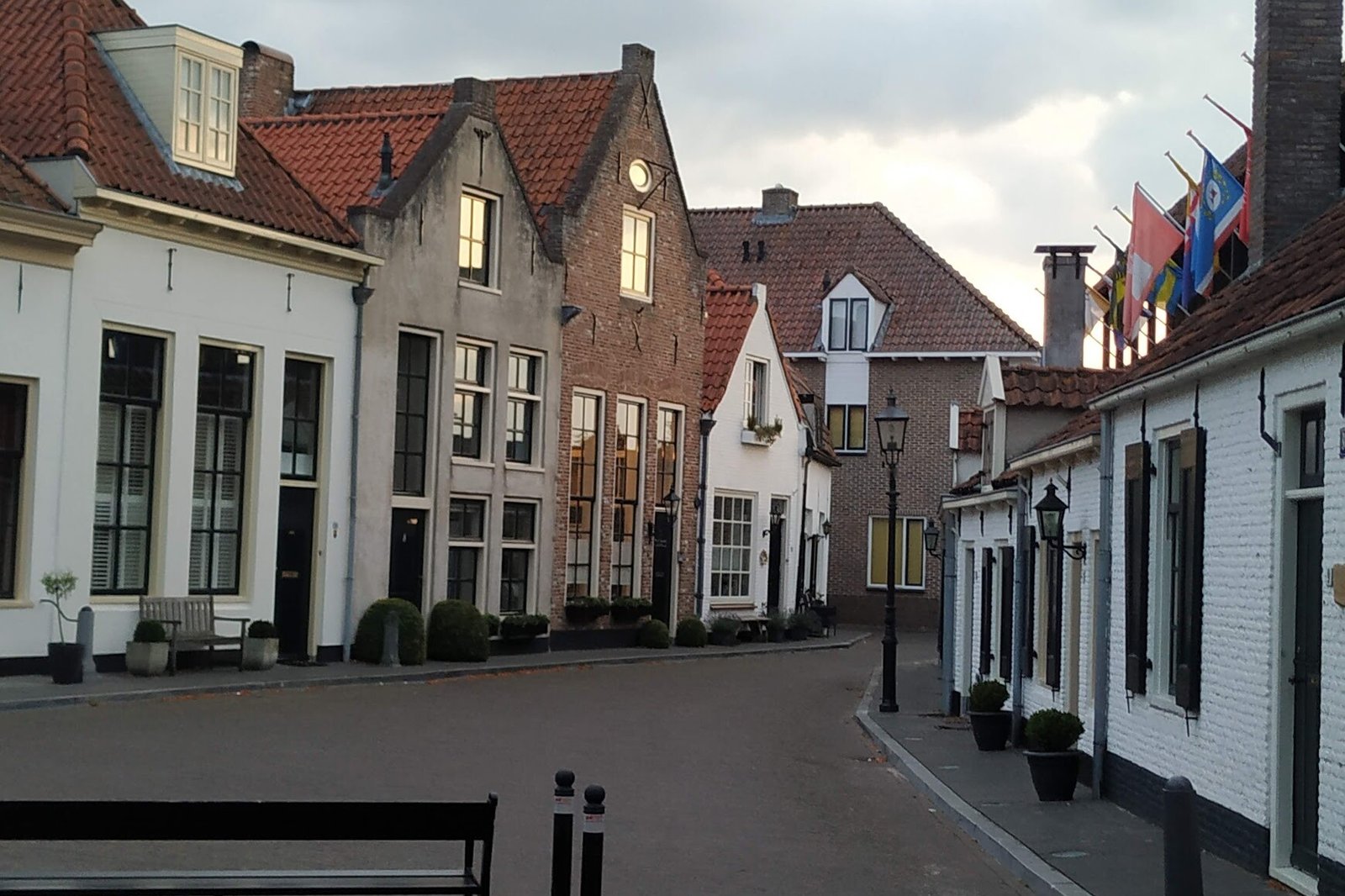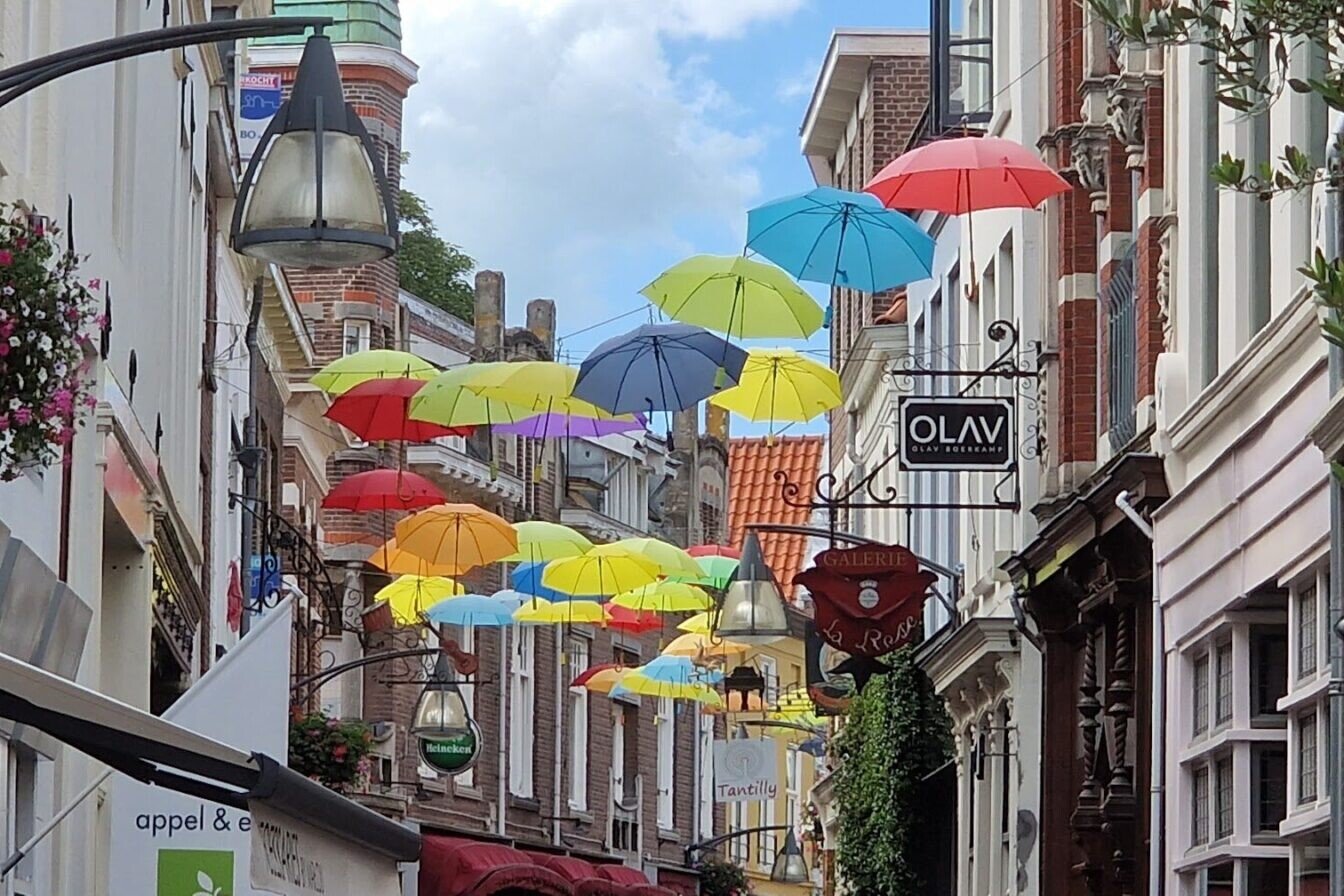Off the Beaten Path Netherlands: Exploring Kampen
Most travelers associate the Netherlands with popular cities like Amsterdam, Rotterdam, and Den Haag (The Haag). However, those who choose to explore lesser-known destinations discover the country’s hidden gems, rich history, and vibrant culture beyond the typical tourist experience.
Kampen is a historic city located in the Overijssel province of the Netherlands. It is situated alongside the river IJssel and is known for its well-preserved medieval city center.
In this guide, we will take you off the beaten path to explore everything Kampen has to offer, from its well-preserved medieval architecture to its picturesque riverfront and vibrant arts scene. We also suggest a walking route that covers the most important sights and places to visit in Kampen.
Disclosure: Some of the links in this post may be affiliate links. If you decide to book through these particular links, we will receive a small commission from your purchase at no extra cost to you. We are truly grateful for your support!
Quick Info
What makes Kampen a unique travel destination in the Netherlands?
Kampen is a unique travel destination in the Netherlands due to its rich history, well-preserved medieval architecture, and charming waterfront. It offers a peaceful and authentic Dutch experience away from tourist places, with picturesque streets, cozy cafes, and a beautiful old center to explore.
In This Guide
The History of Kampen
The history of the city can be traced back to the 12th century when it was a famous trading hub along the River IJssel. The city was granted city rights in 1236, allowing it to govern itself and establish its own legal system. Kampen’s strategic location along the river made it a crucial center for trade and commerce during the Middle Ages, attracting merchants and craftsmen from all across Europe.
Kampen was a member of the Hanseatic League, a powerful trading alliance of northern European cities, including many cities in Holland. This membership brought wealth and prosperity to the city, allowing it to flourish as a shipping, industry, and finance center. Evidence of the city’s wealth as Haseantic city can be easily seen while walking the streets of the historical center: impressive historic architecture, iconic city gates, towers, and churches.
In addition to its commercial significance, Kampen also played a crucial role in the religious and intellectual life of the region. The city was a center for learning and culture, with renowned scholars and theologians residing and teaching within its walls. The printing press was introduced to Kampen in the 15th century, furthering its reputation as an intellectual powerhouse.
Walking through the old town
Explore the magic of Kampen by wandering through the streets and admiring the buildings and the unique atmosphere. The historic city center will take you back in time with its old buildings, churches, ancient walls, gates, and bridges. The old town’s small size makes it easy to explore on foot, allowing you to start your stroll from any point that suits you.
While strolling in the old town, you will notice the medieval atmosphere everywhere. We will now outline some of the sights that you shouldn’t miss.
The Wall and the Three Gates of Kampen
In medieval Europe, it was common to construct city walls and gates for defense. These walls were an essential part of a city’s defense system, built to protect the city and its inhabitants from external threats such as invading armies, bandits, and other hostile forces.
Sightseeing the remains of the wall and the gates is a must if you are interested in history and architecture.
Koornmarkspoort
This is the oldest gate in Kampen. It was built in the 14th century. The gate served as the primary entrance and exit point on the Ijssel side of the city, through which goods transported by ships were brought into and out of the city. It has two floors, which were used as a prison and sleeping place for soldiers.
The gate building hosts occasional exhibitions organized by the local government.
Address: Voorstraat 1 8261 HP Kampen
Cellebroederspoort
This gate was built in the 15th century and served as a gateway for trade and commerce. It connects between the old town and the city park.
Today, the gate building hosts private events.
Address: 2e Ebbingestraat 18261 VV Kampen
Broederpoort
Same as Cellebroederspoort, This gate was also built in the 15th century and served as a gateway for trade and commerce. It has also been used for offices, and nowadays, it is a place for special events and exhibitions.
Similar to Cellebroederspoort, this gate was constructed in the 15th century to facilitate trade and commerce. Over time, it has functioned as an administrative office. Today, it is used for hosting special events and exhibitions.
Address: Broederweg 36 8261 GT Kampen
Here is a map of the three gates:
Kampen Stadpark (City park)
A beautiful, peaceful park located right outside the old city center. The park offers a serene escape from city life. Kampen Stadpark is perfect for a leisurely stroll or a picnic with friends and family.
You can access the park from the old city center via both Broederpoort and Cellebroederpoot gates described above.
The park is open all year long, and it is free to visit.
Here is a map of the park with the two gates:
The Nieuwe Toren (The new tower)
The new tower is another famous building in the middle of the old town. The building serves as both the city tower and the clock building. The tower was reconstructed between 1649 and 1663 following a fire.
There are 29 bells in the tower. The bells can be heard playing music on Mondays from 11 to 12 and on Saturdays from 15 to 16. Additionally, they can be heard in the summer on Friday evenings from 19:30 to 20:30.
The music can be heard around the city center, but for a better listening experience, you can visit Het hof van Breda, where you can enjoy the music without background noise.
Adresses:
Nieuwe Toren: Marktsteeg, 8261 BM Kampen
Hof van Breda: Marktsteeg, 8261 BM Kampen
Churches in the Historical Center of Kampen
Walking through the historical center of Kampen, you will see several churches.
It’s worth noting that churches may not always be open to the public. If you’re interested in visiting the inside, please check the relevant church’s website for more information. Anyway, you can still appreciate the beautiful architecture from the outside.
Some churches host musical concerts during the week, which is worth exploring. You can find more information on the church’s websites.
Here are the most famous churches:
Bovenkerk (Upper Church. also known as St. Nicholas Chruch)
The biggest and most famous church in Kampen is the Bovenkerk.
The church is located in the heart of the city. It is a historic and iconic religious landmark that has been serving the local community for centuries. The church’s origins date back to the 13th century, and its stunning Gothic architecture reflects the region’s rich history and cultural heritage.
The church features two giant organs and is famous for its organ concerts.
Address: Koornmarkt 28, 8261 JX Kampen
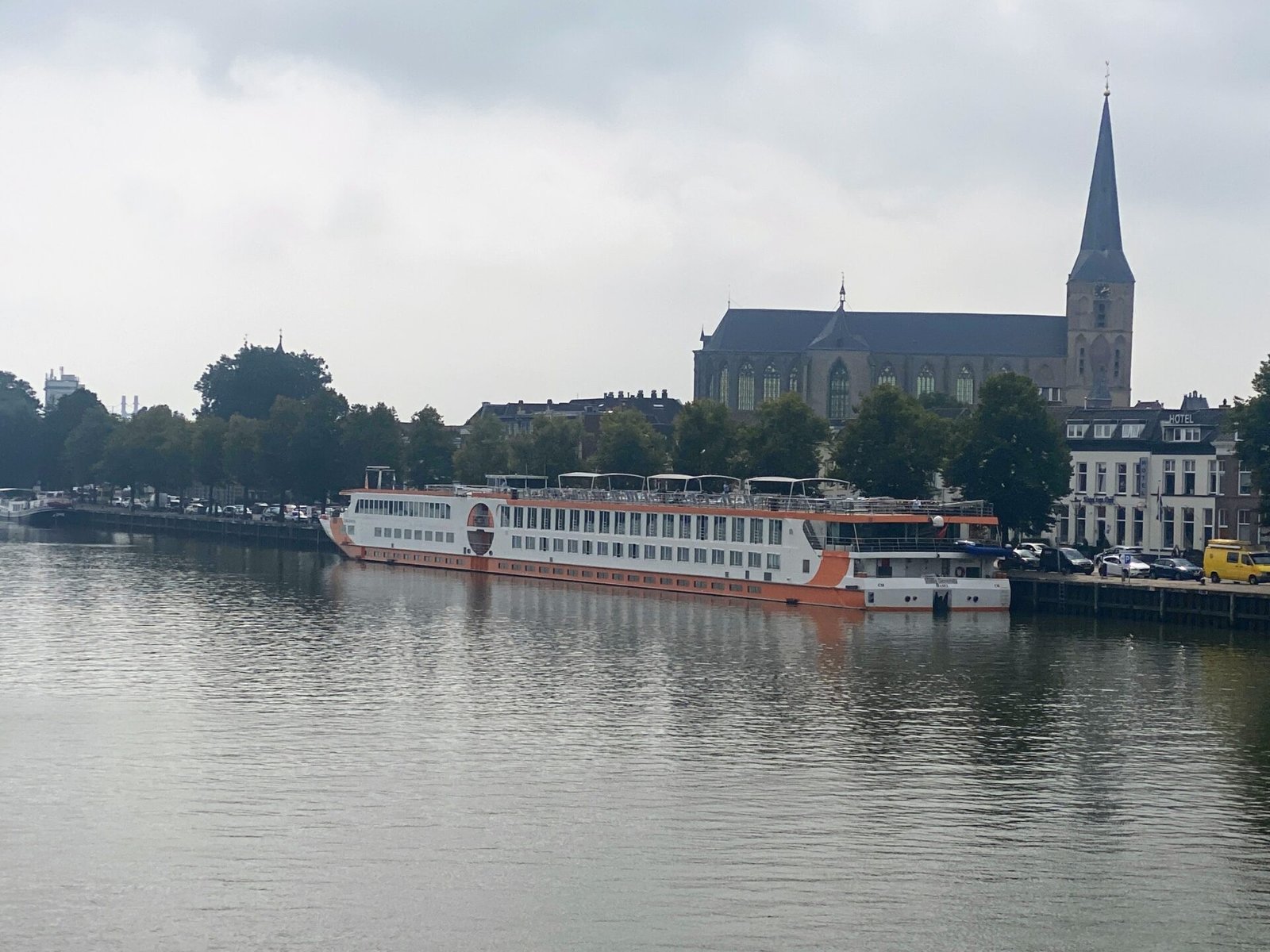
Buitenkerk (Outside church)
The Buitenkerk is located 950m (0.59 mile) from the Bovenkerk and is no less important or unique.
The church was built in the 14th century in a Gothic style. Unlike other churches at that time, it was built outside the city’s walls. Another unique feature of this church is the fact that it has three halls and three large bells. The church also hosts music performances. It is accessible to the public during the summer months.
Address: Buiten Nieuwstraat 101, 8261 AT Kampen
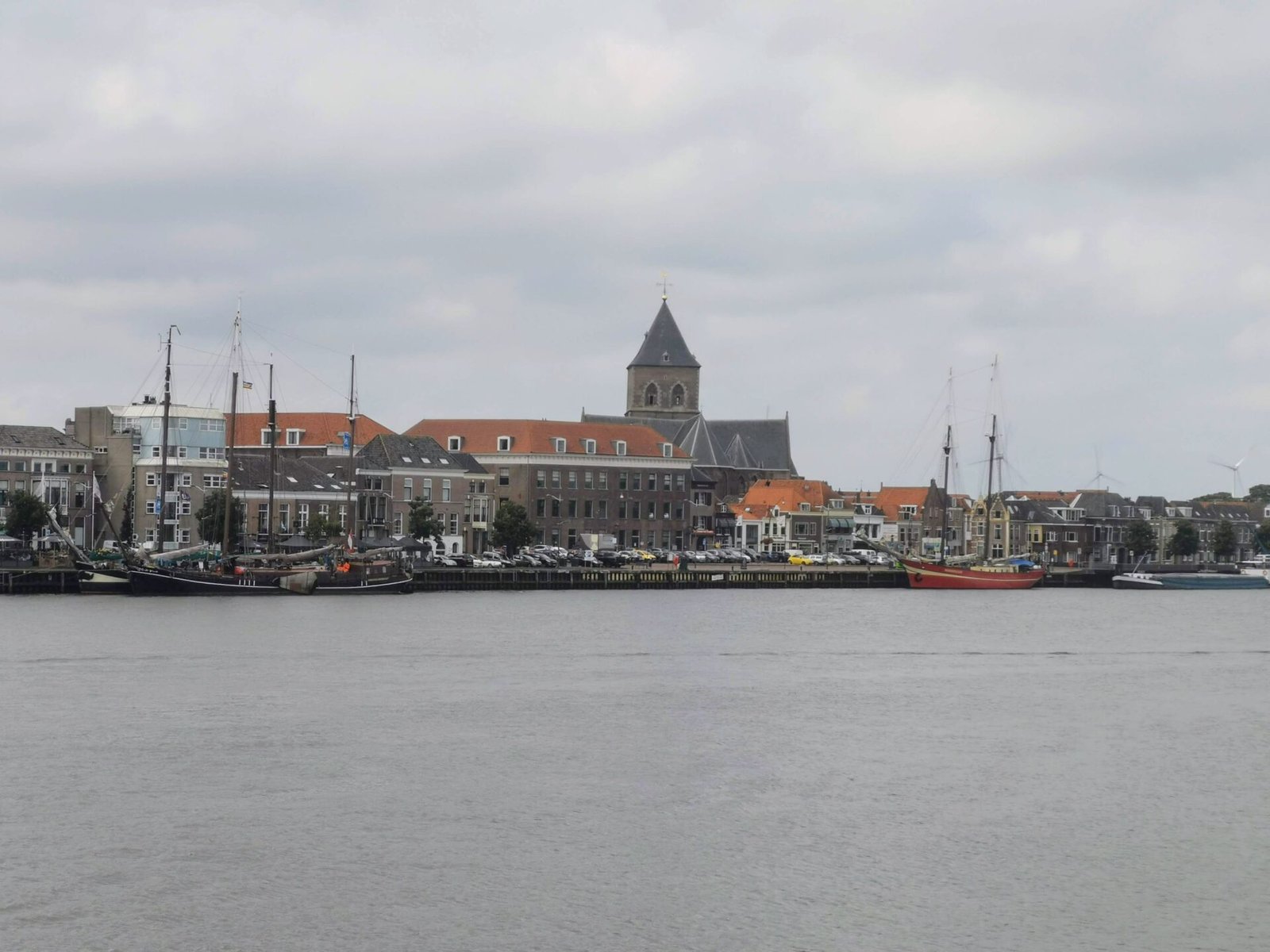
Museums In Kampen
Stedelijk Museum Kampen (The Municipal Museum)
The Stedelijk Museum in Kampen offers a combination of art and history. The museum resides in two different buildings in the old town. The entrance to both buildings is included in a single ticket for the same day.
The Stedelijk Museum Main Building
The museum’s main building is located in the former building of the city town hall of Kampen, just in the middle of the old town. The museum’s permanent exhibit is divided into four sections.: Water, Faith, Administration of law, and the House of Orange.
In the water exhibition, you can see the link between the city and the water, the role of water in Kampen’s development, its potential hazards, sea level concerns, and much more.
The faith exhibition is dedicated to the relationship between religion and the city. Christianity has played a significant role in the city’s history, with several Catholic churches and monasteries in its early years. After the Reformation, the city became more protestant, and even theological universities were opened in Kampen.
The Administration of the Law exhibition is located in the Schepenzaal (Aldermen’s room), where the law was administered in the past.
Finally, the House of Orange exhibit highlights the link between Kampen and the Dutch royal family. It showcases the history of the House of Orange through portraits, personal belongings, and stories that highlight their influence on Dutch society.
Old synagogue
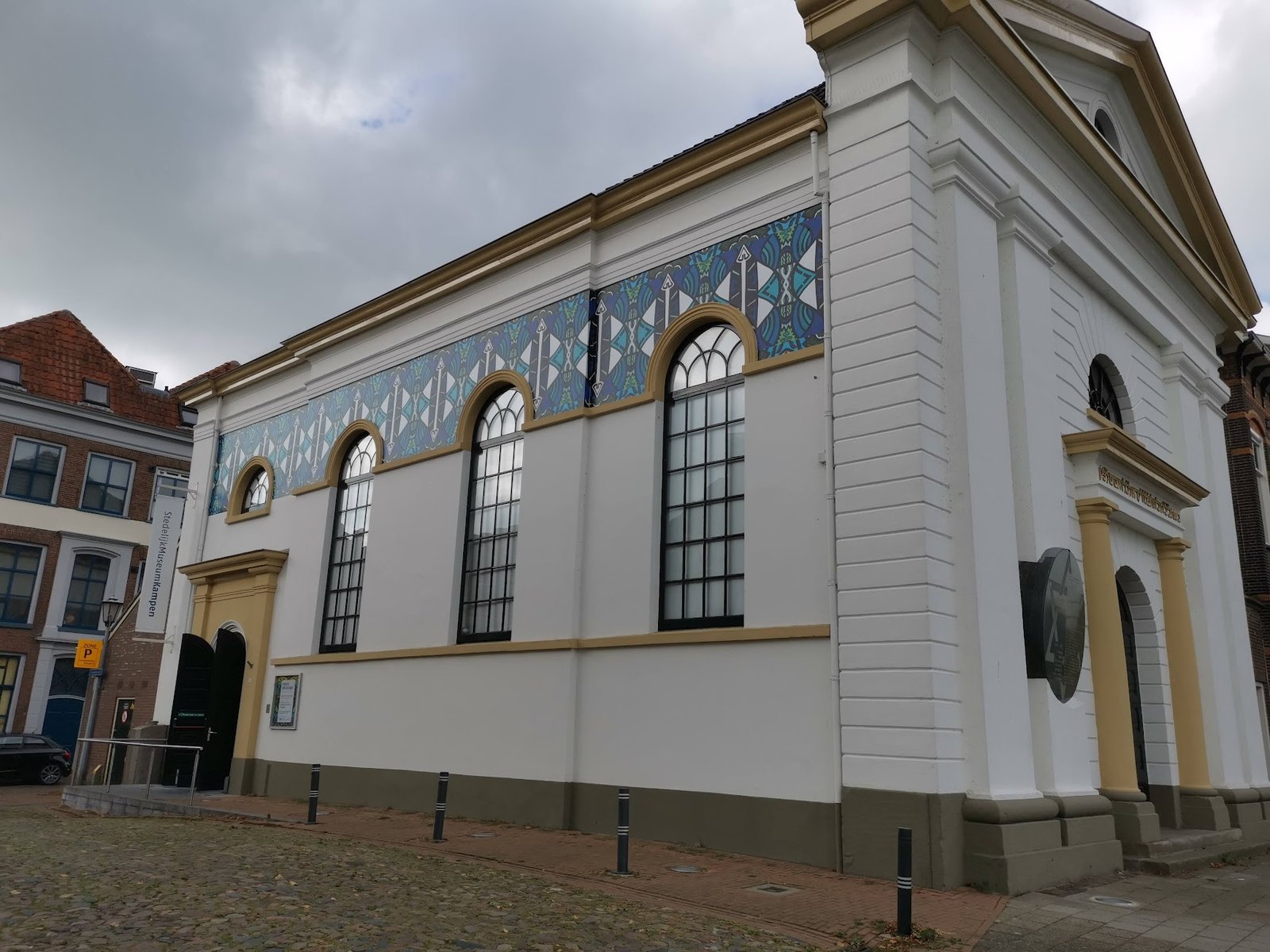
The Other building of this museum is the old synagogue that was active until World War II.
After World War II, Kampen’s Jewish population disappeared, and the synagogue building is now part of the Stedelijk Museum Kampen. The museum has two floors, one for temporary art displays and another for a permanent exhibit about Jewish life in Kampen and the synagogue.
Addresses:
The main building: Oudestraat 133, 8261 CK Kampen
The old synagogue (Second building): IJsselkade 33 8261 AC Kampen
Ikonenmuseum Kampen - ( Icon Museum Kampen)
The term “icons” in art refers to religious paintings, and the Ikonenmuseum is specifically focused on Christian icon art. Located in a former convent, the museum provides insight into the unique aspects of icon art compared to other art forms, and offers a blend of history, religion, and art.
The museum is closed on Sundays.
Address: Buiten Nieuwstraat 2, 8261 AV Kampen
Museumboerderij Erf 29 (The agriculture and farmers museum)
Just a 10-minute drive from Kampen’s old town center, in the middle of Kamperlland, you will find ERF29, which is a museum dedicated to the agricultural and farmer’s work that happened 100 years ago.
In the museum, visitors can find agricultural objects and farmers’ clothing, so the visitor can get a full picture of how the farmers worked and lived.
The museum is not open all year round, so please check the opening times.
Address: Heultjesweg 31, 8267 AH Kampen
The Kamper Kogge (The Cog of Kampen)
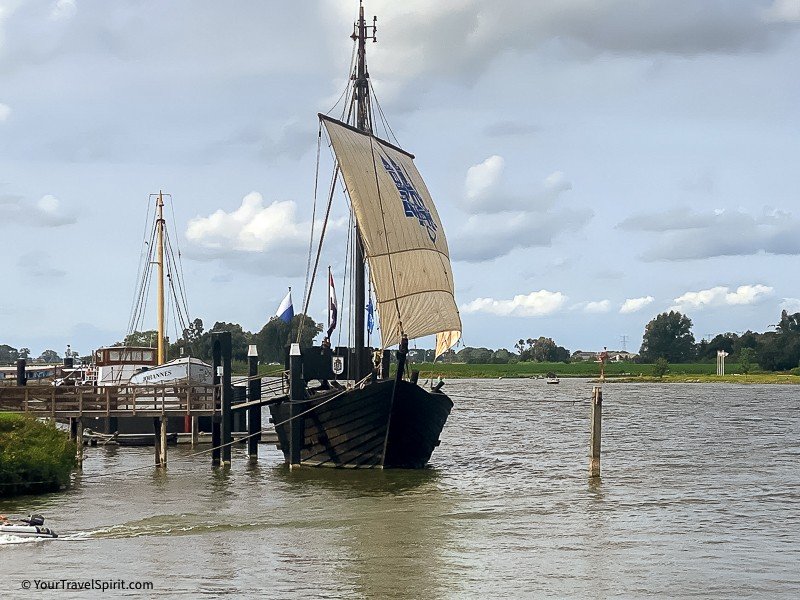
A cog was a trading ship that was commonly used in the 14th century. The cog of Kampen is the only reconstruction of a cog in the Netherlands, and a group of volunteers built, restores, maintains, and operates it.
By visiting the vessel, you can learn about the history of such ships and their role in historical trade.
Please check the website for sailing times and guided tour options.
Address: De Koggewerf, Havenweg 7, Kampen
A Suggestion for a Walking Route
Here is a suggestion for a walking route that covers many of the places we described above. The tour duration is between 3 and 4, depending on how long you decide to explore the museums.
Our starting point would be at the train station. If you arrive by car, there is a small parking lot next to the station.
- City bridge: From the station, head towards the Stadburg (city bridge). While walking on the bridge towards the old town, you can enjoy the sights of the Ijsell River and the old town of Kampen.
- Kampen Municipal Museum Old Synagogue building: After crossing the bridge, turn left to Ijsselkade Street and walk towards Ijsselkade 33. Here, you will find the impressive building of the Old Synagogue. On the first floor, there are changing art displays, and on the second floor, you can see a permanent presentation dedicated to Jewish life that used to be in Kampen until World War II.
- Koornmarktspoort: after visiting the museum, return to Ijsskade Street and continue walking along the river until you see the magnificent oldest gate in Kampen – the Koornmarktspoort.
- Bovenkerk: walk through the gate into the old town and walk straight towards Koornmarkt 28, here, you see the impressive Bovenkerk. If the church is open to visitors, you can go inside.
- After visiting the church, head to Ourdestraat and turn left to Geerstraat. Continue forward until you reach the famous Cellebroedersporrt gate.
- From there, walk through the city park. After strolling through the historic old town, you can enjoy this serene park. Continue walking the park until you reach Broederpoort, the 3rd remaining gate of the city.
- Kampen Municipal Museum Main building – After returning back to the city through the gate, just continue walking forward. On your way, you will see several churches and historical buildings. After a few minutes of walking, you will reach the entrance of the main building of the Stedelijk Museum (Municipal Museum).
- From here, you can continue exploring the vibrant streets of the old center. There are many shops and restaurants near the museum. Once you are done, return to the train station through the bride.
Practical Information
When is the best time to visit Kampen
During the winter, certain museums and attractions operate with fewer opening hours. (Please check the official websites for the opening times and availability of the places you wish to visit).
Most of the museums and the stores are closed on Sundays. However, the Municipal Museum is open (Both buildings, please check the hours!),
There is a market at Nieuwe Markt on Saturdays until the afternoon. A smaller market is also held on Monday mornings during spring and summer.
If you enjoy shopping, the primary shopping district is located on Oudestraat. On Fridays, the shops have extended opening hours, allowing for shopping until 21:00.
How to get to Kampen?
By car – Take the A28 motorway if you are coming from the north or south, and the N50 if you are coming from the east or west. Kampen is well connected to the Dutch road network.
Where to park in Kampen – we recommend parking near the train station and getting into the old town on foot over the Ijsel River bridge. But please note that this parking lot is small and might be full.
On the other side of the river, around the old town center, several parking areas are available. Just follow the signs. Since the old town is small, you can park wherever you find a place.
By public transportation – Kampen’s main railway station is served by frequent services from several cities such as Amsterdam, Utrecht, and Zwolle. You can easily reach the charming and scenic small town from the station on foot. Cross the bridge over the Ijsel River, and you will see the Municipal Museum’s main building right in front of you.
See Also
Read about Other Hanseatic Cities in The Netherlands
